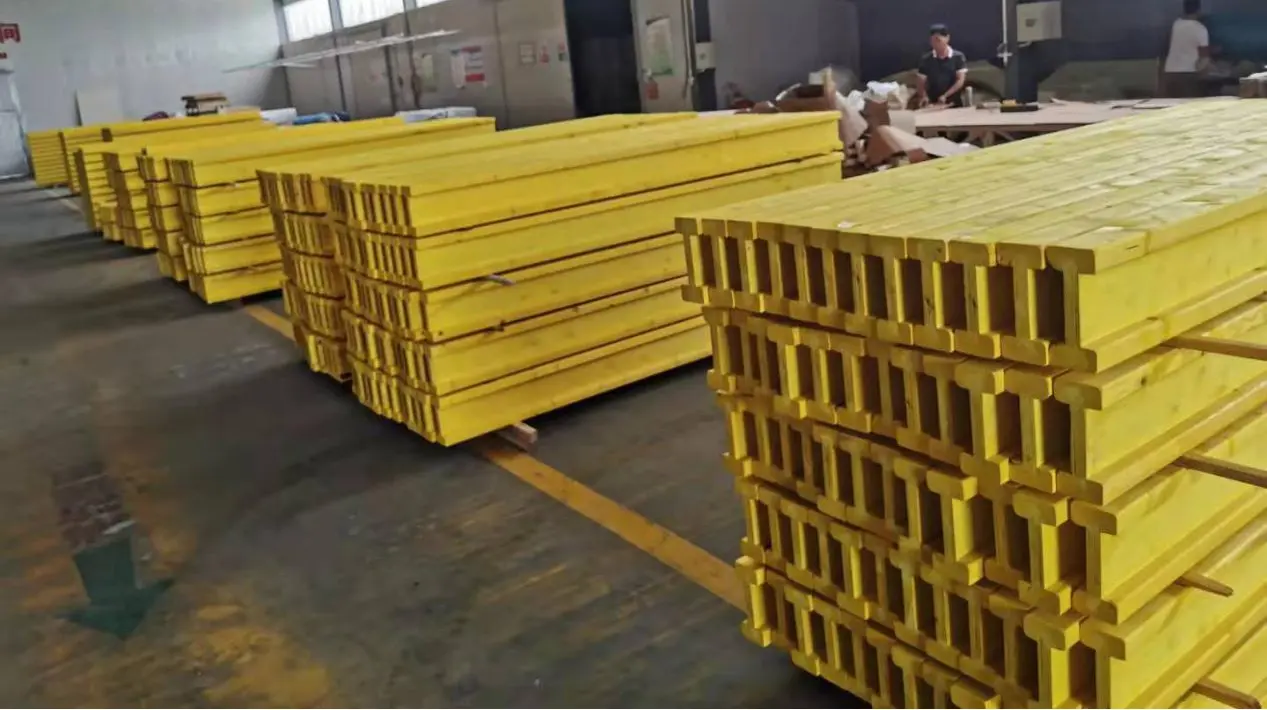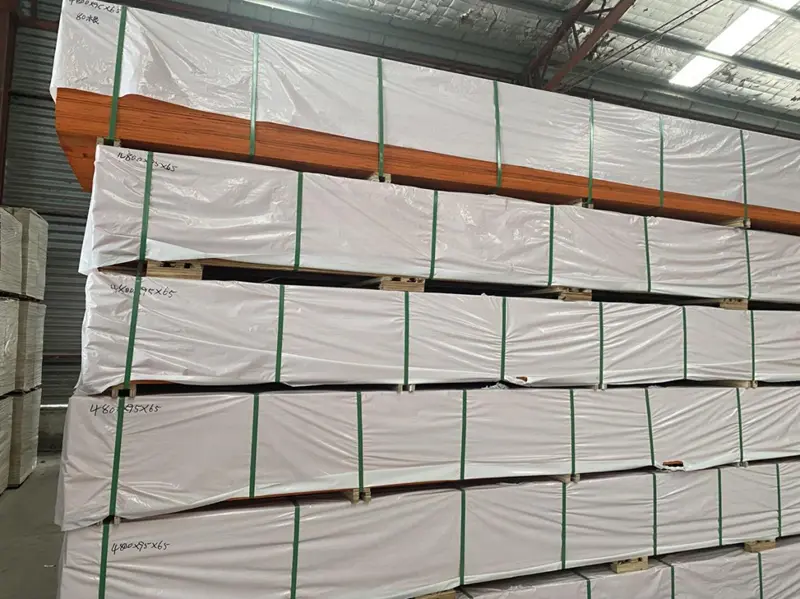H20 I-Beam: A Structural Marvel
In the realm of modern construction and engineering, the H20 I - beam stands out as a remarkable structural element, playing a pivotal role in a wide array of applications. .

1. Structural Features
The H20 I - beam derives its name from its characteristic "I" shape. It consists of a vertical web and two horizontal flanges. The web is responsible for resisting shear forces, while the flanges primarily bear bending moments. The H20 designation indicates specific dimensions, with the "20" typically referring to the nominal depth of the beam in centimeters. This particular sizing provides an optimal balance between strength and material usage, making it suitable for various load - bearing requirements.
The cross - sectional design of the H20 I - beam offers high moment of inertia. This property allows the beam to efficiently resist bending and torsion, ensuring structural stability even under heavy loads. The flanges are wider and thicker compared to the web, which further enhances the beam's ability to distribute and withstand applied forces.
2. Manufacturing Process
The production of H20 I - beams involves several precise manufacturing steps. First, high - quality steel is selected as the raw material. The steel is chosen based on its mechanical properties, such as yield strength and ductility, to meet the specific requirements of different applications.
The steel is then processed through hot - rolling. In the hot - rolling process, the steel billet is heated to a high temperature, typically above its recrystallization temperature. This makes the steel more malleable, allowing it to be shaped into the desired I - beam profile. The heated billet is passed through a series of rolling mills, where the shape is gradually formed. The rolling mills apply pressure to the steel, squeezing and stretching it into the characteristic I - shape.
After hot - rolling, the H20 I - beams may undergo further processing such as cooling, straightening, and cutting to the required lengths. Quality control checks are also carried out at various stages of the manufacturing process to ensure that the beams meet the specified standards for dimensions, material properties, and surface finish.
3. Applications
3.1 Building Construction
In building construction, H20 I - beams are extensively used in the construction of frames for multi - story buildings. They serve as primary load - bearing members, supporting the weight of floors, walls, and roofs. The beams are used in both residential and commercial buildings, providing the necessary strength and stability to withstand the vertical and horizontal loads imposed by the structure and its occupants.
3.2 Bridges
H20 I - beams play a crucial role in bridge construction. They are used in the superstructure of bridges, either as part of the main girders or in the truss systems. The high strength - to - weight ratio of the H20 I - beam makes it an ideal choice for spanning long distances while minimizing the self - weight of the bridge. This not only reduces the material costs but also simplifies the construction process.
3.3 Industrial Machinery
Industrial machinery often requires robust structural supports. H20 I - beams are used in the construction of machine bases, frames for large equipment, and conveyor systems. Their ability to withstand heavy loads and vibrations ensures the smooth operation of industrial machinery.
4. Advantages
4.1 High Strength - to - Weight Ratio
The H20 I - beam offers an excellent strength - to - weight ratio. This means that it can carry heavy loads while being relatively lightweight compared to other structural elements of the same strength. This property is highly beneficial in applications where weight reduction is crucial, such as in the construction of tall buildings or long - span bridges.
4.2 Cost - Effectiveness
Due to its efficient design and manufacturing process, the H20 I - beam is a cost - effective solution. The optimal use of material in its design reduces the amount of steel required, while still maintaining high strength. Additionally, its widespread availability and ease of installation contribute to overall cost savings in construction projects.
4.3 Versatility
The H20 I - beam can be easily customized to meet different design requirements. It can be fabricated into various lengths, and additional features such as holes for bolting or welding can be added during the manufacturing process. This versatility makes it suitable for a wide range of applications, from small - scale projects to large - scale industrial and infrastructure developments.
In conclusion, the H20 I - beam is a versatile, strong, and cost - effective structural element that has revolutionized the construction and engineering industries. Its unique combination of features makes it an essential component in modern infrastructure and industrial applications.










